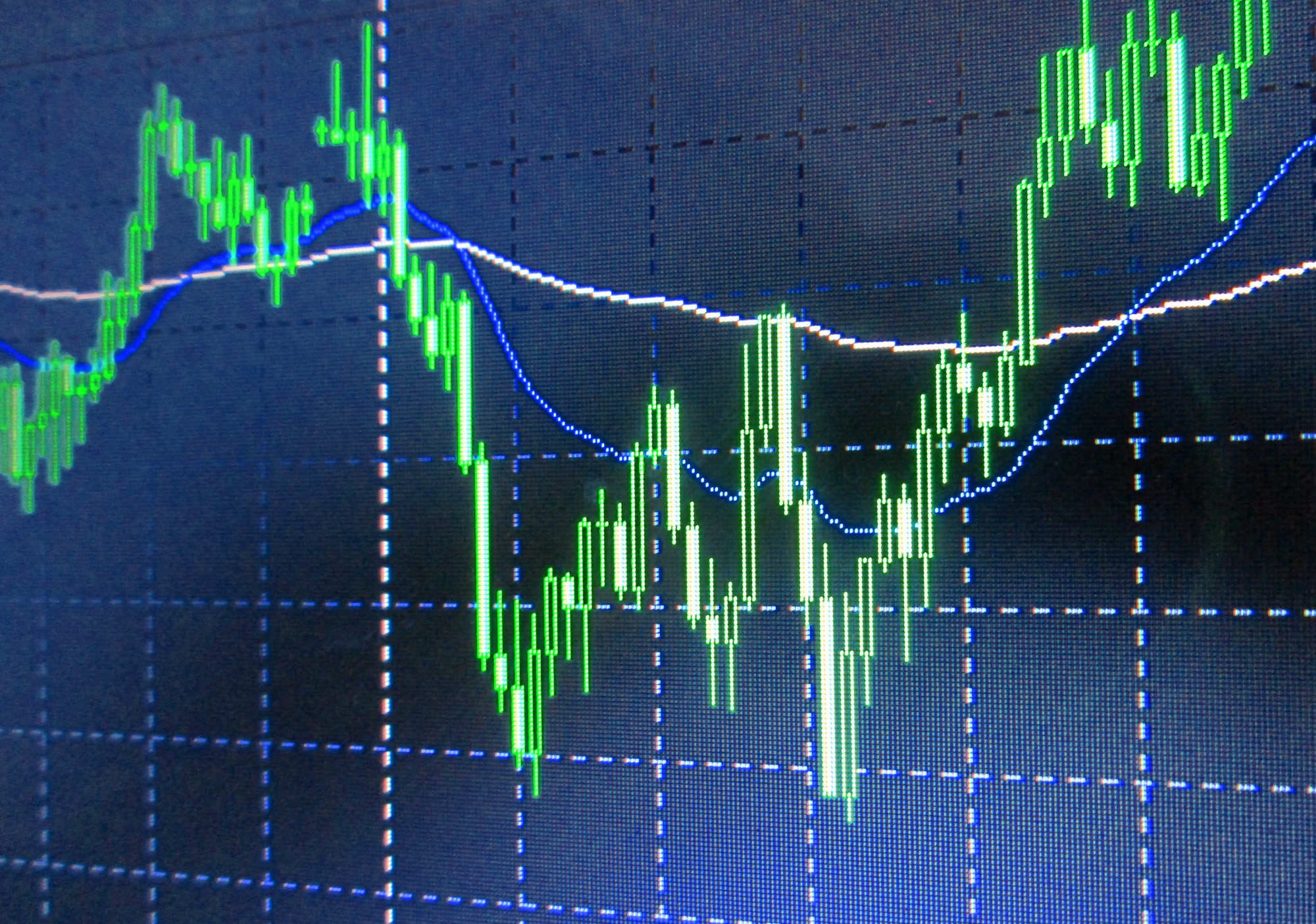BNY Mellon: Volatility and Seasonality (Part 3)

Neil Mellor, Senior Currency Strategist, BNY Mellon
• EUR/USD vol appears unrelated to seasonal factors
• And cyclical assessments suffer distortions
• But the summer is right around the corner
On the subject of volatility and seasonality, it is worth taking a look at the EUR – a currency that has recorded three of its lowest historical rates of average monthly volatilities in the past five years alone.
In contrast with our findings for US stocks, there is little compelling evidence of any seasonal patterns in one-month historical volatility on a close-to-close basis in EUR/USD (‘vol’) through the course of the past two decades.
There are aspects of the data worth highlighting, certainly. Over 19 years (2000-2018), the first half of the year has tended to be more volatile than the second, albeit marginally so: this has happened on 11 occasions, although notably, perhaps, for the past four years in succession.
More volatile first halves of the year may be explained in part by a typically quiet December: four times it has experienced the year’s lowest levels of vol and three of those have been in the past six years.
This volatility pattern may also be explained in part by the more frequent occurrence of June as the year’s high water mark – something it has achieved five times since 2000, which is far more than any other month.
But then it just so happens that June has also played host to two ‘unseasonal’ crises in recent years – the 2018 Italian budget drama and Greece’s debt turmoil (which escalated through the first half) of 2010.
And yet even with this June ‘distortion’, seasonal deviations in vol have tended to be small: the average 12-month variance in vol from 2000 to 2018 stands at a miserly 1.2% points and in a 20-year history, only three standard deviations above 2 have ever been registered.
But what of cyclicality?
The exceptional period surrounding the global financial crisis certainly precludes any straightforward analysis, but a glance at a charted time series of EUR/USD vol between the years 2014-2019 certainly reveals a tantalizing replication of the price action over the preceding seven years.
From the lows of 4.3% in June 2007, it took 523 days for vol to reach its cyclical high of 31.1% in November 2008; and during the next cyclical upturn six years later, it took 248 days (from July 2014 to April 2015) to rise from its lows (3.4%) to its highs (22.4%).
There is no strong pattern here whether we look in nominal terms or in proportions. However, if we do the same for cyclical downturns, an interesting proposition crops up.
It took 2,082 days for vol to fall from its 2008 peak of 31.2% to its 2014 low of 3.46% - an average drop of 0.013% points per day. Subsequently from its 2015 peak of 22.4%, it has taken 1,476 days to reach the current level of 5.2% - a rate of 0.012% points per day.
If we were to return to the cyclical lows seen in 2014, then we could see another 145 days of falling vol. Yet if we were to return to the 2007 lows of 4.34%, then this would entail another 71 days – a number that immediately piques our attention.
In 71 days it will be the end of June and firmly in the summer months. And in the lifetime of the euro, the two great uptrends in EUR/USD vol have their origins at this time of year (July 2014, June 2007).
With no evidence of seasonality, there is no rhyme or reason to expect the summer months to play a pivotal role in guiding EUR/USD vol; but with the last two uptrends initiated by the same cyclical pressures unleashed by the global financial crisis and the subsequent response of policymakers, it would be imprudent to dismiss any significance out of hand.
